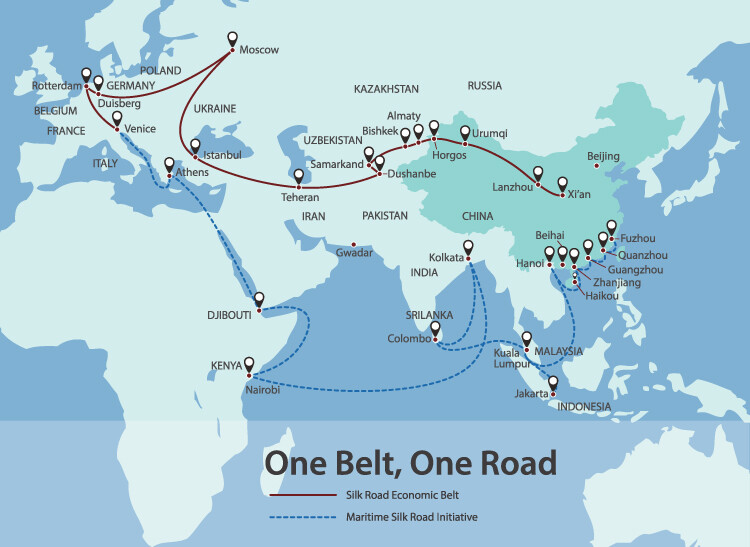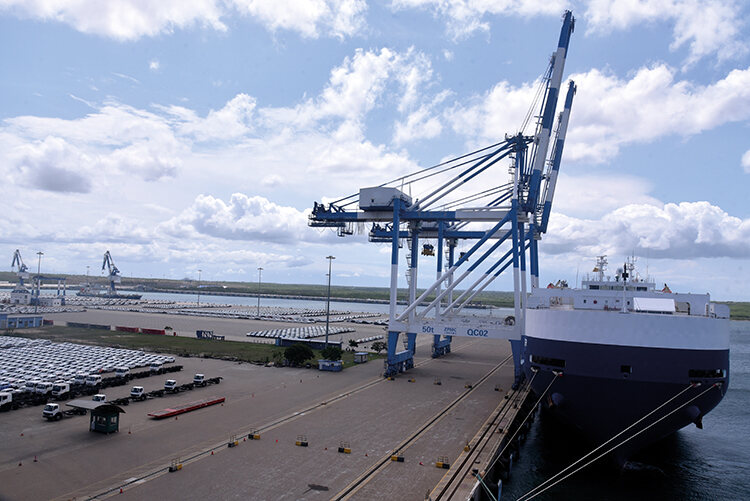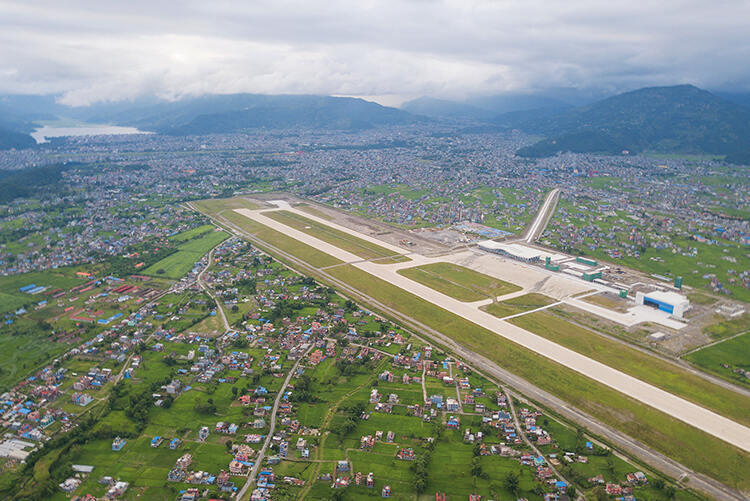
Andrew Ross on why a decade on from its inception, the BRI is failing the countries that could have benefited from it most
Beijing’s grand plan to connect East with West with its Belt and Road Initiative (BRI) was forecast to boost global GDP by 4.2 per cent. Consisting of six economic corridors, the overland ‘Belt’ and a maritime ‘Road’ connect China with Southeast Asia, Africa and ultimately Europe. It has been estimated that transportation projects along the BRI corridors could ultimately reduce travel times by 12 per cent and enhance international trade by between four and 12 per cent.
However, while the BRI is viewed with optimism by some, given its potential to deliver investment, jobs, transformational infrastructure projects and general economic development, it’s viewed with increasing anxiety by many others, particularly in relation to non-performing assets and the implications of some countries not being able to meet their related debt obligations.
Indeed, it can be argued that some recipient countries are already starting to feel the negative effects of Chinese BRI financing, whereby the less stringent and transparent investment conditions, such as those that are routinely imposed by the International Monetary Fund (IMF), along with the lure of initially abundant capital, particularly in areas of financing infrastructure projects, aren’t delivering the predicted economic returns. On that point, Reuters recently reported that between 2008 and 2021, China spent in the region of US$240 billion bailing out more than 20 countries in financial distress, including Argentina, Pakistan, Ukraine, Sri Lanka and Zambia, with 80 per cent of this unscheduled funding emanating between 2016 and 2021. Other countries, including Ghana, Kenya, Ethiopia and Nepal, are seeking to negotiate more favourable terms, while Italy has formally notified Beijing of its complete withdrawal from the BRI.

Moreover, it has been estimated that Chinese debt restructuring and rescue loans attract an average interest rate of about five per cent, compared with two per cent from the IMF. Consequently, countries are starting to become wary of the potential implications and pitfalls associated with BRI funding, including falling into debt traps and becoming pawns on a geopolitical chessboard.
The best-documented example of so-called Chinese ‘debt book diplomacy’ relates to the construction of Hambantota port in Sri Lanka, which, upon completion – at a cost of some US$1.3 billion – failed to generate the expected economic returns, leaving the Sri Lankan government unable to repay its debt to China. This eventually led to China’s ‘acquisition’ of the port on a 99-year lease.
Another notable example where geostrategy and geopolitical decisions overshadow the economic development narrative is the case of Nepal, a country ripe for the type of opportunities and multiplier effects that the BRI should facilitate. Nepal joined the BRI in 2017 and a number of grand projects, such as the Trans-Himalayan Multi-dimensional Connectivity Network, were duly announced. However, none have yet to come to fruition. And at the governmental level, Nepal and China can’t seem to agree on whether a number of Chinese-funded projects that are currently underway are bona fide BRI investments – a good example being Pokhara International Airport, which China has designated as a BRI project, despite Nepal’s foreign minister firmly refuting the designation.
Nepal’s hesitancy in relation to the BRI is in large part explained by India. Vulnerable in economic terms and underdeveloped according to international indices, Nepal forms a natural buffer between two rival economic superpowers – China and India – and is thus geostrategically important. As such, it needs to perform a balancing act, attempting to keep both of its powerful neighbours happy.
Reflecting the complexity of this three-way relationship, the majority of recent foreign direct investment in Nepal has its origins in China but most of Nepal’s trade is with India. Therefore, Nepal’s long-term future and prosperity are in large part dependent upon Chinese investments, yet its short-term economic stability is dependent upon its trade with India. Consequently, like all countries, Nepal has to ask the important question of how it can maximise the opportunities presented by economic integration vis-à-vis the BRI, alongside ensuring its economic security. In Nepal’s case, it has to walk a tightrope, careful not to tilt too far in one direction, which goes some way to explaining the difficulties it has had in being able to recognise the potential benefits of the BRI.

Complicating matters still further in the Himalaya is the role of the USA, which has sought to counter Chinese influence in Nepal through its Millennium Challenge Corporation (MCC), Nepal Compact. The MCC has provided a grant of US$500 million and the Nepalese government has committed a further US$197 million in order to help meet Nepal’s most acute needs, including reliable and affordable energy and improved transportation infrastructure. While the BRI has attracted much criticism in relation to a so-called lack of transparency around its funding mechanisms, particularly in relation to debt financing, the MCC has tried to counter the BRI weaknesses by providing a scheme that it says is more transparent, via its offer of grants ‘that pair investments in infrastructure with policy and institutional reforms that meet rigorous standards for good governance, fighting corruption and respecting democratic rights’. Naturally, in an era of the new ‘Great Game’, China disputes the aims and role of the MCC and considers it to be a direct threat to its BRI ambitions.
For many, the reality of BRI funding is biting hard, with an increasing realisation among BRI participant countries that China isn’t a conventional lender, but rather many of its investments take on an inherent geostrategic dimension, whereby BRI-funded projects undeniably enable China to extend its economic and geographic spheres of influence, irrespective of the questionable economic viability of some projects. At a time of heightened geopolitical tensions globally, whereby countries need to think carefully about with whom they strategically align, these aren’t the type of negative optics that China can afford in relation to its principal outward-facing policy.
A lack of economic gains, a lack of transparency around funding and a slowdown in the Chinese economy should all call into question the viability of the BRI. However, the BRI isn’t just an economic project, but rather an instrument of geopolitics with profound geostrategic implications, including the ability to infringe upon national sovereignty.
A decade on from the initiative’s inception, concerns about sovereignty are most acute in the countries that are geopolitically vulnerable and economically
weak, yet most are in need of the potential benefits that the BRI could provide.
Dr Andrew Ross is a senior lecturer in international business and strategy at the University of Dundee and a Fellow of the Royal Geographical Society




